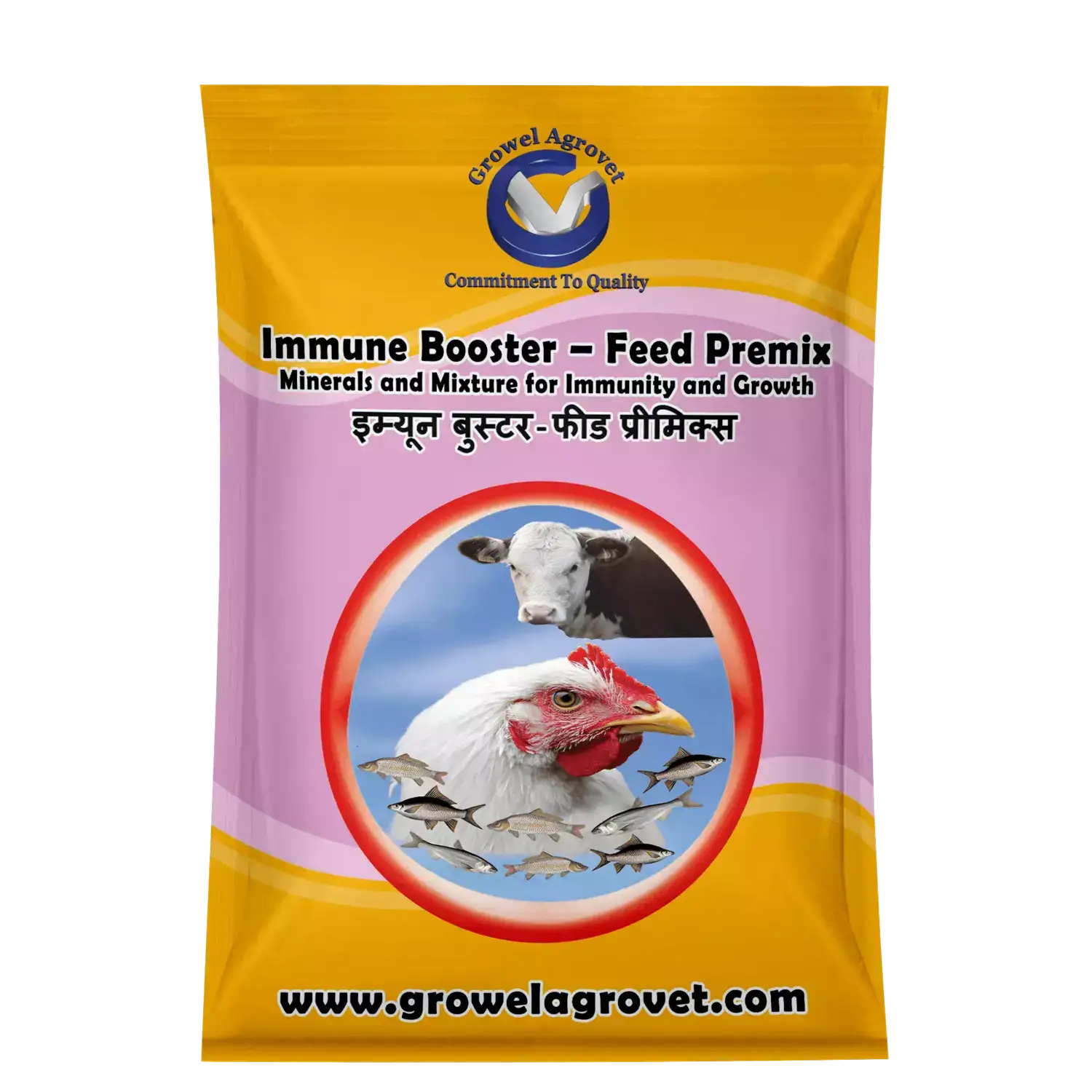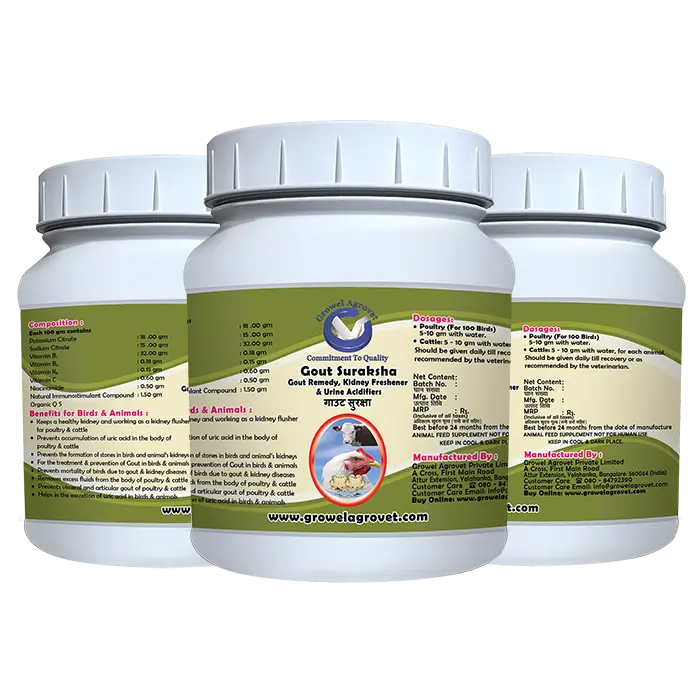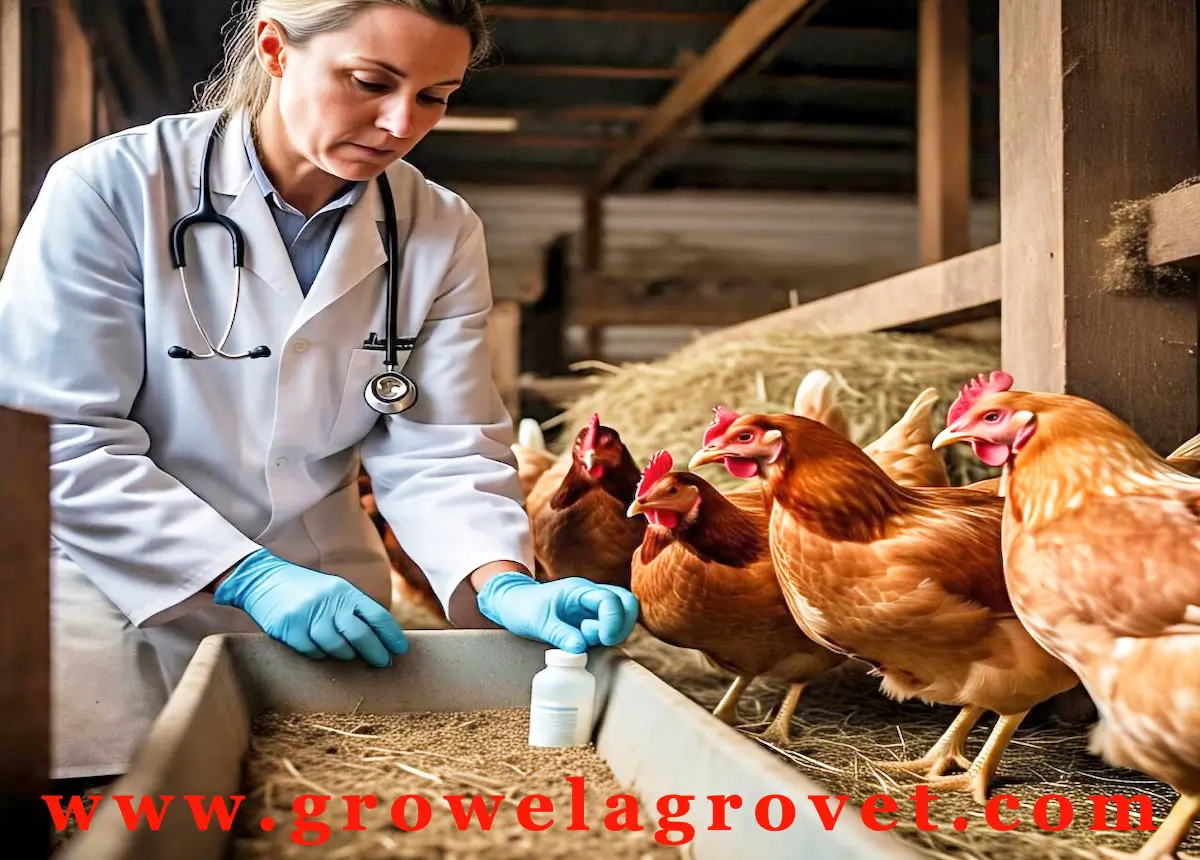 “Give chickens a home they can cluck about” says Scott Beyer of Kansas State University.
“Give chickens a home they can cluck about” says Scott Beyer of Kansas State University.
“The hobby of raising a few hens for eggs has really taken off as more people are interested in foods produced locally and others want to become more self-sufficient,” said Scott Beyer, a professor of animal sciences and industry at Kansas State University. There are things to consider, however, if you are building a new coop or retrofitting a building to house your chickens.
A quick search of the internet will turn up hundreds of pictures of small poultry housing, said Beyer, who is a poultry specialist with K-State Research and Extension. Many of them focus on construction costs, the ease of construction, and the way the coop looks. The primary focus should be, however, on the health and welfare needs of the flock.
Dr Beyer outlined factors to keep in mind when buying or building poultry housing.
Keep Predators Out in Poultry Housing :
Keeping predators out of the pen and coop is more important than keeping birds in.
Neighborhood dogs, coyotes, skunks, raccoons and hawks are just some that would like to dine on your chickens. Lightweight cotton or plastic netting easily keep birds in a pen but wire is a better option as it will keep predators from chewing holes in the fence. Wire buried around the perimeter or suspended overhead may be necessary in areas where many predators are a problem. In some instances, electric fence may be an option.
Every poultry housing system eventually has a few escapees. Consider building a safety trap that will trap the escaped birds while also protecting them from predators.
Always keep it hygienic diseases free ,so spray Viraclean regularly .
Make it Easy:
poultry housing should be easy to clean, pick up eggs, and add feed and water. If not, it will not get done as often as it should.
The best ones have easy access for manure removal, especially those that have a place where manure drops and collects so the birds cannot disturb it and it collects on removable trays or can be scraped out from an access panel. The easier the manure removal, the easier it can be placed in a compost bin.
Heating and Cooling
Keeping heat out of the coop in the summer is more important than keeping heat in during the winter. More birds have probably been killed in Kansas by soaring summer temperatures than by the coldest winter weather.
In winter, the two most important rules are to keep birds out of the wind and give them a place to stay dry. The exterior door should not face the prevailing winter wind.
Summer heat can be a killer, especially for heavy-weight birds, such as Cornish-Rock cross meat-type chickens. Temperatures of 80°F or higher can trigger stress. The biggest summer heat source is a coop’s roof. Heat during summer can build rapidly under the roof. Avoid coops with low roofs that have only metal sheeting.
Coops should include a layer of rigid foam between the trusses and roofing material. Rigid foam with an aluminium coating on the exterior deflects heat from the roofing material and keeps the coop cooler through the summer. Consider adding passive vents in the peak that allow warm air to escape.
Aesthetics
“Your birds may not care what their coop looks like, but your neighbours might,” Dr Beyer said.
Studies on farms show that how nice a farm looks and how well it is kept affects how others view odour and noises coming from the farm. Local governing boards may ask to review your plans before you build. Get educated about regulations you may need to follow.
Painting the coop an attractive colour not only looks good but if it is a light colour, it can help reflect heat.
Dr Beyer explained: “Who doesn’t appreciate good building skills or even a nice display of folk art? Now is your chance to build something other people will view as a work of art.”
Consider Portability
Consider placing the coop on skids or wheels, which will make it moveable to new range areas.
Because of their scratching, chickens are destructive to their range areas. If a coop and the outdoor run are easily moved, you can avoid destroying the grass in a particular area, and reduce the buildup of parasites in the soil.
A moveable pen and run also allow you to seek shady areas during the summer and avoid harsh winter winds. Some flock owners use their portable coops and pens as part of a weed control programme in their gardens because the birds turn the soil and eat the weed seeds.
Don’t Over build
Many small flock poultry housing designs seem overly complicated. Consider building one you have designed yourself, especially using salvaged building materials.Old doors, windows and vents can often work, but make sure they are free of lead paint and asbestos.
Remember, you are housing little birds, not the meanest bull in the county. You probably need fewer 6×6 posts than you need 2×4 posts to build small flock housing.
Use Automation
Consider features such as a small solar panel that can provide enough light in a coop. One essential is a light timer to provide the exact number of total hours of artificial and natural light to keep birds in egg production. In Kansas, that is about 16 hours of light per day.You should also read Beginers Guide to Poultry Housing System
If you are into poultry related business & want to earn maximum profit in your business then please join our Facebook group How To Do Profitable Poultry & Cattle Farming ?

































































